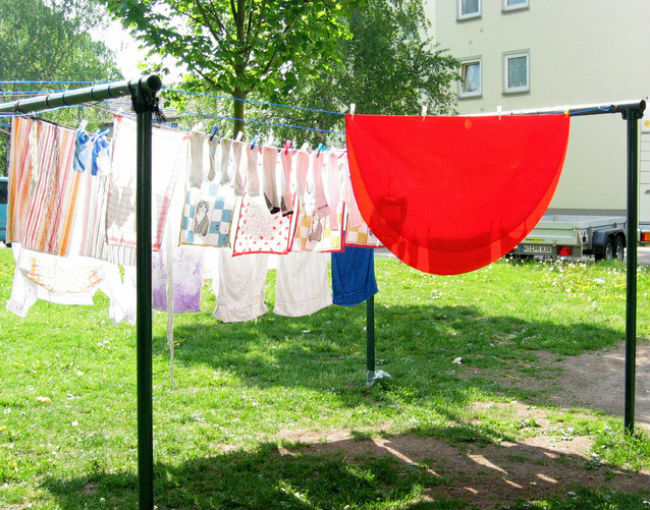Rats and mice that reside in our houses may do harm to humans. They are vectors of serious diseases, parasites and viruses. Thus, always take precautions before and during rat waste cleanup of infested areas. When you detect rats indoors, the first step will be planning and development rat control strategies and compaign objectives. The most common ways of rodent extermination are via trapping and baiting the pests for a week or more. When you don’t catch or see rats and mice any more, it means that you have already eliminated the active infestation.
In addition, it is necessary to seal up all the entryways, cracks and holes, to prevent your home from re-infestations. At last, you should provide a full scale cleaning for proper rat decontamination. Fortunately, as enough time has passed, any viruses and bacteria in the rat poop, urine or nesting material are no longer infectious.
STEP ONE: ventilation
Before cleaning up the area after extermination of rodents, use cross-ventilation. It is necessary to ventilate your home by opening the windows and doors for at least 30 minutes to allow fresh air in. Leave your home during the airing.
Use gloves from rubber, latex or vinyl during the rat waste cleanup. If you suffer from allergies, it is better to use dust mask or respirator either. Don’t forget to purchase a disinfectant product.
In the cases of heavy rat infestations, the best option is to hire professionals. Specialists involved in the rat waste cleanup must wear the protective equipment, including disposable coveralls, rubber boots or disposable shoe covers, protective goggles and gloves, and an appropriate respiratory protection device, such as a half-mask air-purifying respirator with a HEPA-filter or a powered air-purifying respirator with HEPA filters.[ref]Cleaning up after rodents[/ref]
STEP TWO: rat waste cleanup
Before you start the rat decontamination, put on protective gloves. Do not vacuum or sweep areas with droppings, urine or nesting materials to avoid breathing the dust in. First up, it is necessary to mop floors with disinfectant liquid or bleach solution. The recommended concentration of bleach mixture is 1 part of bleach per 10 parts of water. If you use a commercial disinfectant, follow the manufacturer’s instructions on the label for dilution and contact time.

The next step is spraying the urine and feces with the disinfectant or a mixture of bleach and water. Let the solution soak 5-10 minutes. When the time is out, take a paper towel or rag and pick up the nesting material and droppings.
Put the paper towels with the waste and dead rats into a plastic bag and seal tightly. Then discard the bag in a covered trash bin. Inspect corners and areas under furniture and along baseboards to remove all the rats’ biowastes. At last, mop floors again to clean and disinfect the whole area that rats and other rodents have infested.
STEP THREE: laundry and air-dry
Such items as clothing, bedding, curtains, exposed to rat poop and urine, you should wash in hot water with laundry detergent. Laundry detergent breaks down the virus’s lipid envelope, rendering it noninfectious. In addition, heat generated by the clothes dryer will also ensure that the virus is harmless. A temperature of about 115° F, is sufficient to inactivate hantaviruses that may remain infectious for 3 days after being excreted. Thus, you can iron the washed clothes afterwards.

Beside, dry clean or simply clean carpets, rugs, pillows, mattresses, sofas, covers and upholstered furniture with signs of rodent exposure, with a commercial disinfectant or with a commercial-grade steam cleaner or shampoo.
STEP FOUR: ultrviolet treatment
You may leave items (books, papers, cards, magazines and others) that cannot be cleaned with a liquid disinfectant or thrown away, outdoors in the sun for several hours. Beside, if there is no opportunity to air the infested goods outside, you may leave them in an indoor area free of pests for approximately 1 week before rat waste cleanup. After that time, the urine, droppings and other wastes will no longer be infectious.
To remove any potentially contaminated materials from storage vessels, move the boxes outside and place them in a well-ventilated area to expose to direct sunlight. Disinfect the outside of the storage vessels using bleach and water solution or commercial disinfectant.
STEP FIVE: post-cleanup operations
Dispose of the waste, dusters, floorcloth, paper, cardboard boxes and damaged items that can’t be washed and cleaned somehow, in the garbage. Throw the bag into a covered trash can that is regularly emptied. Take off protective gloves, and thoroughly wash hands with soap and water. Moreover, you can use a waterless alcohol-based hand rub when soap is not available.
Leave a Reply